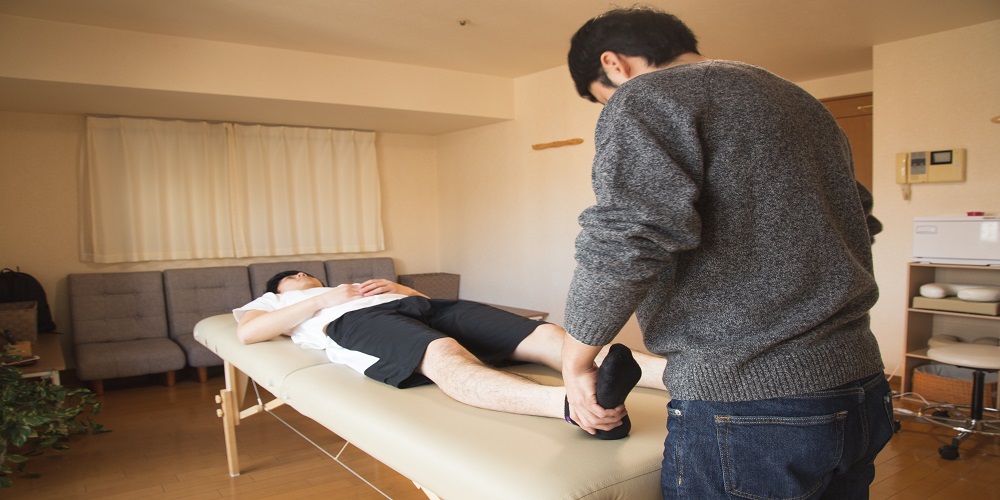
Physiotherapy stands at the forefront of healthcare, contributing significantly to the recovery and well-being of individuals dealing with various health issues. Integrating technology and specialized equipment has revolutionized physiotherapeutic practices in the contemporary landscape. This article explores the intricacies of the top 5 machines frequently employed by physiotherapists, highlighting their functions and the benefits they bring to patient care.
Traction Machines
Traction machines are indispensable assets in the best physio care, particularly for addressing spinal concerns. These machines apply a controlled stretching force to the spine, relieving pressure on spinal discs and nerves. Cervical traction aims at the neck, whereas lumbar traction centers on the lower back. Traction therapy offers therapeutic advantages, including reducing muscle spasms, enhancing joint motion range, and easing nerve pain.
Individuals dealing with issues like herniated discs or sciatica frequently experience relief from traction therapy. The gentle stretching provided by these machines not only mitigates pain but also promotes the natural alignment of the spine, fostering long-term spinal health.
Electrical Muscle Stimulation (EMS) Machines
Electrical Muscle Stimulation (EMS) machines leverage the power of electrical currents to elicit controlled muscle contractions. Physiotherapists utilize EMS for diverse therapeutic purposes, such as strengthening muscles, facilitating re-education, and managing pain. The machine’s capacity to pinpoint particular muscle groups renders it a valuable asset in rehabilitation, particularly for those with muscle weakness, injuries, or neurological conditions.
EMS therapy facilitates muscle activation without requiring voluntary effort from the patient, making it a practical approach in cases where traditional exercises may be challenging. This technology enhances the rehabilitation process by promoting muscle function and preventing atrophy.
Ultrasound Machines
Ultrasound machines utilize sound waves to produce heat in body tissues, promoting healing and alleviating musculoskeletal conditions. Physiotherapists apply ultrasound therapy to address tendinitis, bursitis, and arthritis. The sound waves induce a mild warming effect, enhancing blood flow to the specific area and encouraging the body’s innate healing mechanisms.
This non-invasive approach is particularly beneficial for localized conditions, as the physiotherapist can target the affected area precisely. Ultrasound therapy offers patients a comfortable and efficient means of reducing inflammation, relieving pain, and expediting the recovery of injured tissues.
Interferential Therapy (IFT) Machines
Interferential Therapy (IFT) machines utilize two sets of electrical currents to create a therapeutic effect deep within the body tissues. Physiotherapists frequently depend on this technology to address chronic pain conditions like osteoarthritis and rheumatoid arthritis. The intersecting currents pulsate, triggering nerves and muscles and relieving pain.
IFT therapy’s ability to penetrate deep tissues sets it apart in physiotherapy. Physiotherapists often integrate IFT to manage pain, enhance joint mobility, and accelerate the healing of soft tissues. This machine provides a non-invasive and targeted approach to chronic pain management, offering patients a viable alternative to medication or surgery.
Laser Therapy Machines
Laser therapy, utilizing low-level laser beams, represents a cutting-edge approach to physiotherapy. These lasers penetrate the skin, kickstarting cellular activity to foster tissue healing and diminish inflammation. Physiotherapists use laser therapy to tackle various conditions, spanning from acute injuries to chronic pain and sports-related injuries.
Laser therapy offers advantages like lessening pain, hastening wound healing, and boosting tissue regeneration. The non-invasive aspect of this treatment is beautiful to patients seeking alternatives to conventional interventions. Physiotherapists use laser therapy as a potent tool in their toolkit, offering patients advanced and effective options for their rehabilitation.
Conclusion
Technology plays an important role in Physiotherapy Treatment. The top 5 machines discussed here underscore the symbiotic relationship between physiotherapy and technology. These machines empower physiotherapists to tailor treatments with precision, offering patients innovative solutions for their health challenges. As we appreciate the pivotal role of physiotherapists in selecting and applying these machines, we recognize the dynamic synergy between human expertise and technological advancement. Embracing these advancements ensures patients receive the best physio care, facilitating their journey to recovery and well-being. With the aid of these advanced machines, physiotherapy continues to evolve, providing patients with personalized and practical pathways to optimal health.









